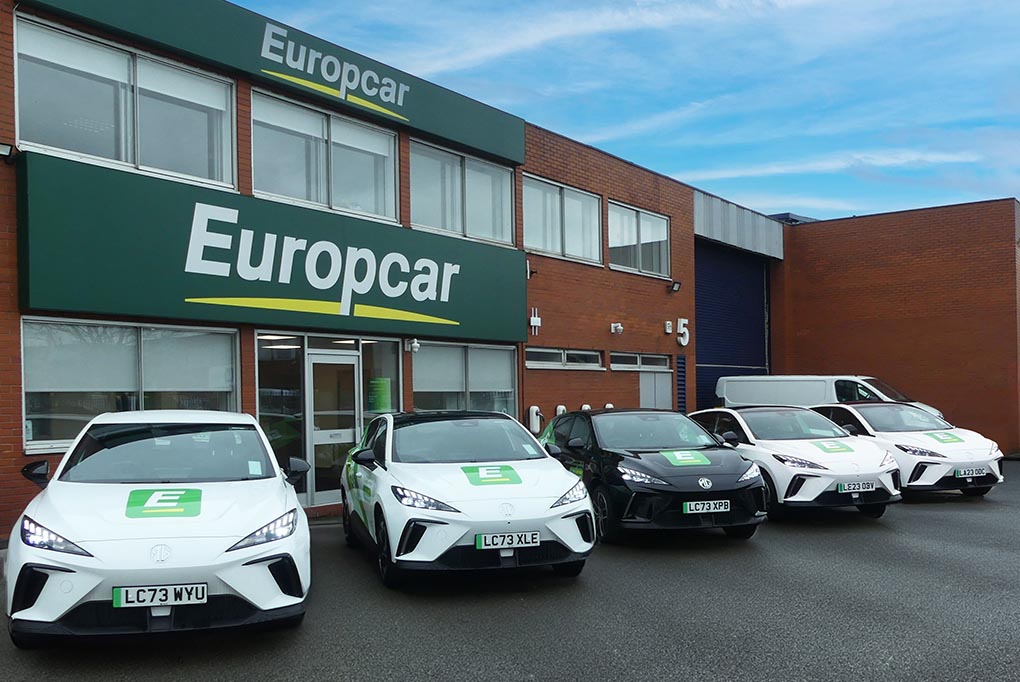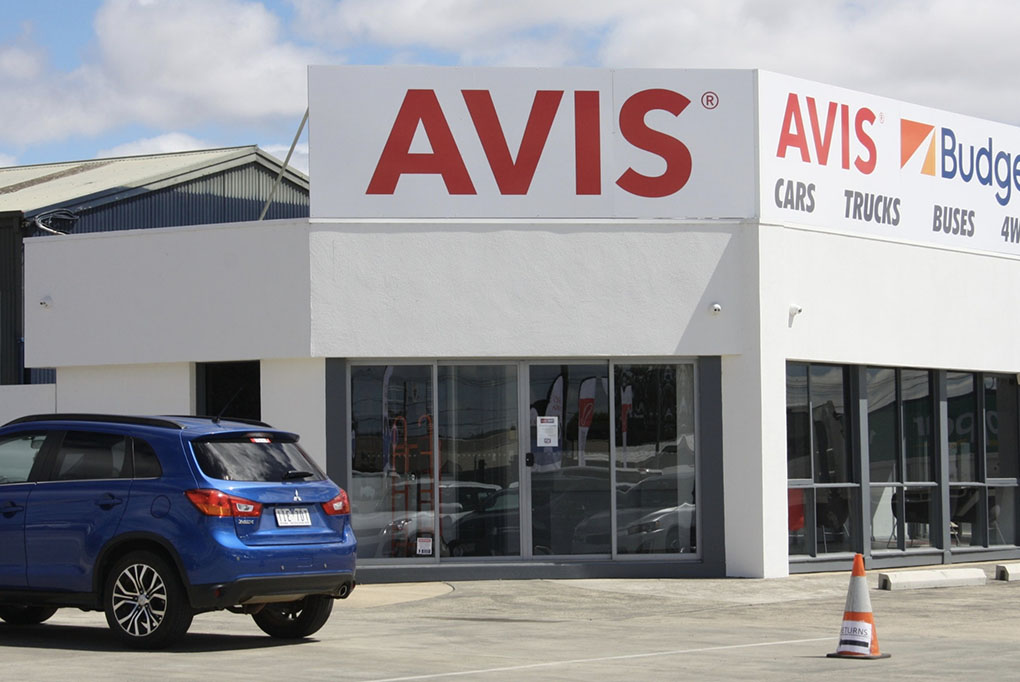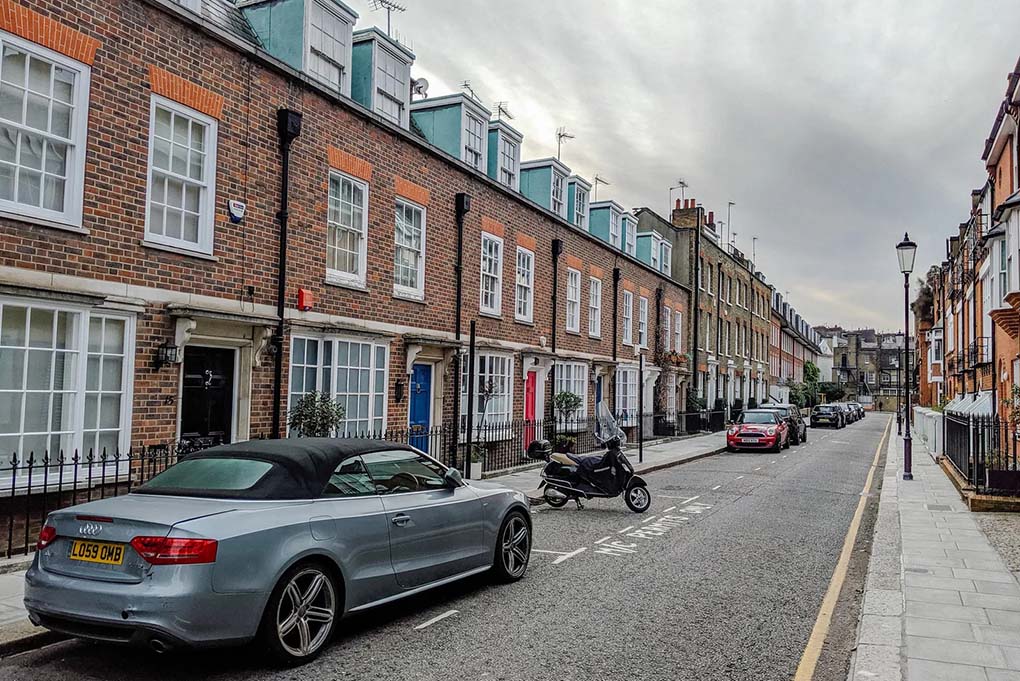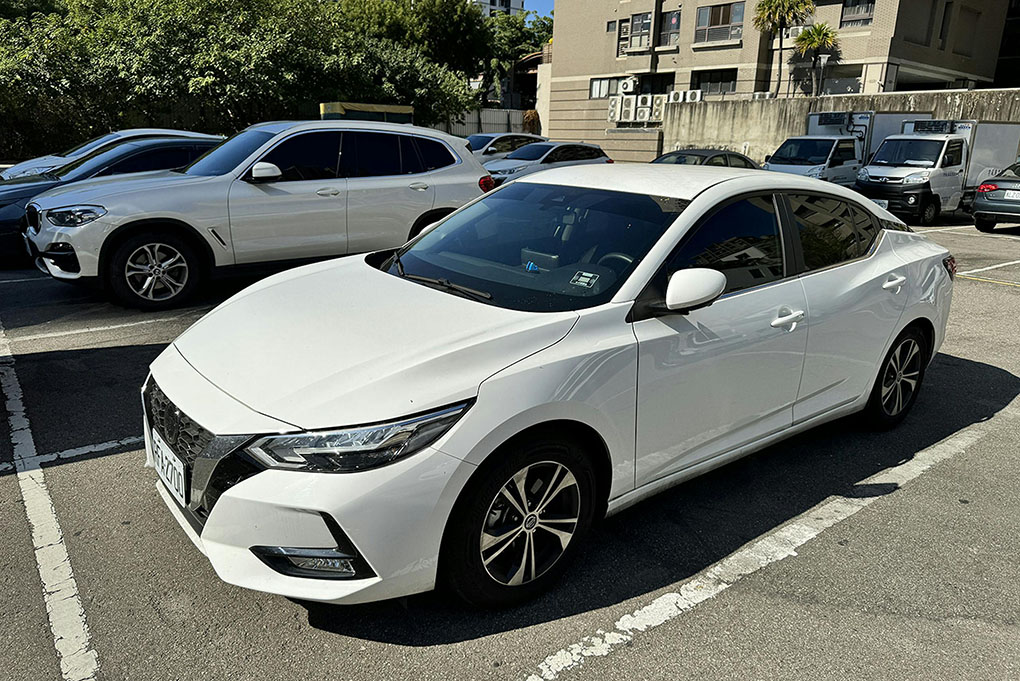Belfast, as the capital of Northern Ireland, is the ideal starting point for exploring this beautiful region. Whether you want to learn about the history of the Titanic or visit the majestic Giant’s Causeway, Belfast offers a unique travel experience. A self-drive tour is the best way to explore Belfast and other famous attractions in Northern Ireland, offering flexibility, freedom, and a deeper connection with the local culture.
We’ll provide a detailed guide on how to hire a car in Belfast and offer practical tips to help you make your road trip in Northern Ireland a smooth one.
Why Choose a Self-Drive Tour in Belfast?
Firstly, self-driving in Northern Ireland is a very practical and popular option. Compared to relying on public transportation, renting a car allows you to make the most of your time and easily reach places that are harder to access. The road conditions in Northern Ireland are good, the safety of driving is high, and the landscape is beautiful, allowing you to enjoy the natural scenery during your trip.
Advantages of a Self-Drive Tour:
- Flexible Itinerary: You can customize your travel route based on your interests and time, without being bound by fixed public transport schedules.
- Easy Access to Remote Attractions: Some attractions like the Giant’s Causeway and Alster are not near main train or bus stations, so renting a car makes it easier to visit these places.
- Freedom: You don’t have to worry about crowded transport or strict schedules. You can stop anytime to take photos, try local food, or stroll through a charming town.
How to Rent a Car in Belfast?
The first step in renting a car is selecting a suitable rental company. Belfast, as a tourist city, has many international and local rental companies, including:
- Hertz
- Europcar
- Avis
- Enterprise
- Sixt
Most rental companies have desks at airports, so you can easily pick up your car at Belfast International Airport or George Best Belfast City Airport.
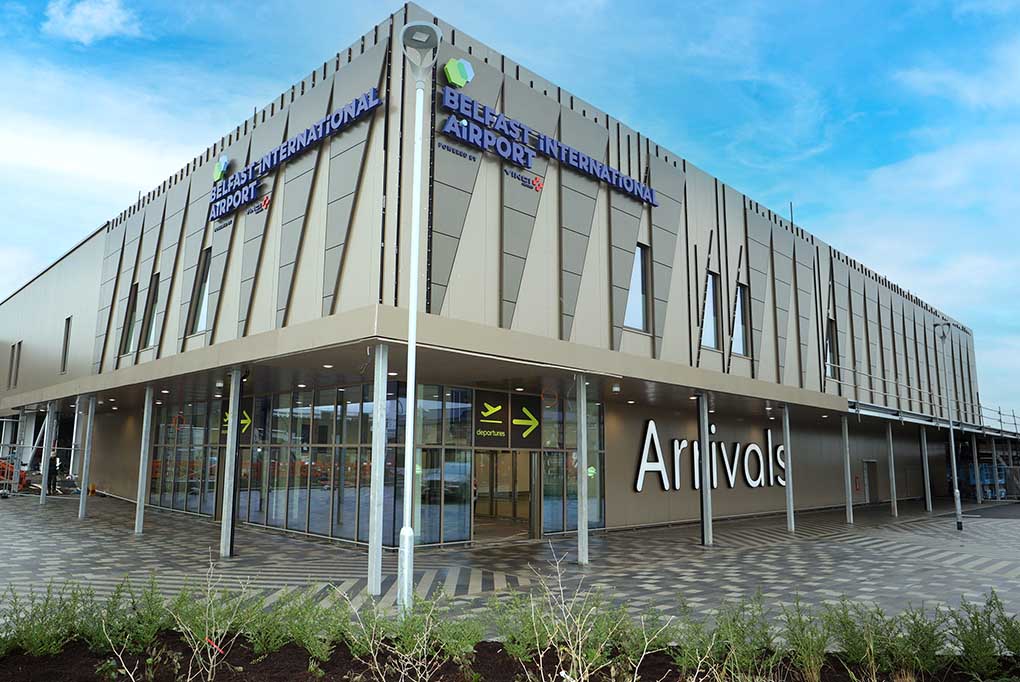
1. Documents You’ll Need to Rent a Car:
- Valid Driver’s License: If you are from an EU or European Economic Area (EEA) country, your national driving license will suffice. If you’re from another country, you may need to provide an International Driving Permit (IDP).
- Credit Card: Rental companies typically require the cardholder’s credit card for a deposit. Make sure your card has enough credit to cover the deposit and rental fees.
- Passport: As identification and proof of international travel.
- Rental Reservation Confirmation: It’s recommended to book online in advance to save on costs and ensure availability.
2. Choosing the Right Vehicle: Selecting the right vehicle is essential based on your travel needs. If you are traveling with family, you might need to rent a 7-seater or larger vehicle. For solo travelers or those traveling with friends, a compact car would be more economical and easier to drive.
Northern Ireland’s road conditions are suitable for various types of vehicles, but if you plan to venture into remote areas, a 4×4 may be necessary, especially for rough rural roads.
3. Rental Costs: The rental cost varies depending on the season, car model, and rental duration. Typically, rental prices are higher during the summer peak season. To save on costs, it is recommended to book in advance and choose the appropriate insurance package.
Common insurance options include:
- Basic Insurance (CDW): Covers damage to the car.
- Third-Party Liability Insurance: Covers damages to other vehicles or persons.
- Theft Insurance: Protects against car theft.
- Glass and Tire Insurance: Covers broken windows or tire damage.
It’s advisable to select insurance that suits your needs. However, if you already have rental car insurance through your credit card, you can confirm with the rental company whether additional coverage is needed.
Driving Tips for Northern Ireland
When driving in Northern Ireland, it’s important to understand the basic driving rules and traffic regulations. Knowing these key points will not only ensure your safety but also make your road trip more enjoyable and smoother.
1. Driving Direction: Northern Ireland follows left-hand driving, which is consistent with the rest of the UK. For tourists accustomed to right-hand driving (like those from China or the USA), this may require an adjustment period. Pay extra attention when changing lanes, especially at roundabouts. Since roundabouts are designed for left-hand driving, you must enter them from the right and yield to vehicles coming from the right. To adapt to this, it’s recommended to practice on familiar roads before heading out.
2. Driving Age: Most rental companies in Northern Ireland require renters to be at least 21 years old and have held a valid driver’s license for at least 12 months. For younger drivers (ages 21 to 25), rental companies usually impose a “young driver surcharge,” which can significantly increase rental costs. It’s advisable to check this fee in advance. If you’re younger and plan on driving for a long period, it may be more economical to opt for a smaller vehicle.
3. Road Signs and Speed Limits: Northern Ireland uses imperial units for road signs, and its traffic regulations largely follow UK standards. Common speed limits include:
- Urban Roads: 30 mph (about 48 km/h). These roads are often narrow with higher traffic, so be cautious of pedestrians and cyclists.
- Rural Roads: 60 mph (about 96 km/h). These roads are generally wider, but still be alert for sharp turns and animals crossing.
- Motorways: 70 mph (about 112 km/h). On highways, it’s advisable to maintain a safe distance from the car ahead and pay attention to any special road signs.
Understanding these basic speed limits helps avoid traffic fines and ensures your safety while driving.
4. Drunk Driving Laws: Drunk driving is strictly prohibited in Northern Ireland. The legal blood alcohol concentration limit is 0.08%. However, for your safety and the safety of others, it’s recommended to avoid driving after drinking. Even a small amount of alcohol can affect your reaction times and judgment. Many bars and restaurants offer taxi or chauffeur services to ensure you get home safely.
5. Parking and Traffic Rules: Belfast’s city center has various parking options, including street parking and parking lots. Street parking in the city center usually requires payment. There are Pay & Display parking meters in the central areas, where you need to purchase a parking ticket and display it on your windshield. Some areas have limited parking times, and exceeding the allowed time can lead to fines. Be sure to check the parking signs carefully and follow parking restrictions.
Additionally, there are no-parking zones used for emergency vehicles—never park in these areas. Many parking lots in Belfast offer long-term parking, which is ideal for tourists planning to stay in the city for extended periods.
Recommended Self-Drive Routes in Northern Ireland
Belfast is the perfect starting point for a self-drive tour, with many natural sights and historical landmarks nearby. Here are a few recommended driving routes to fully experience the charm of Northern Ireland:
1. Belfast – Giant’s Causeway – Cliff Coastline
This route is one of the most popular self-drive routes in Northern Ireland. Starting from Belfast, drive along the A2 highway, passing through the beautiful Antrim Coast, enjoying the spectacular Atlantic views. Along the way, you’ll reach the Giant’s Causeway, a UNESCO World Heritage site known for its unique basalt columns. This natural wonder is one of Northern Ireland’s most iconic landmarks.
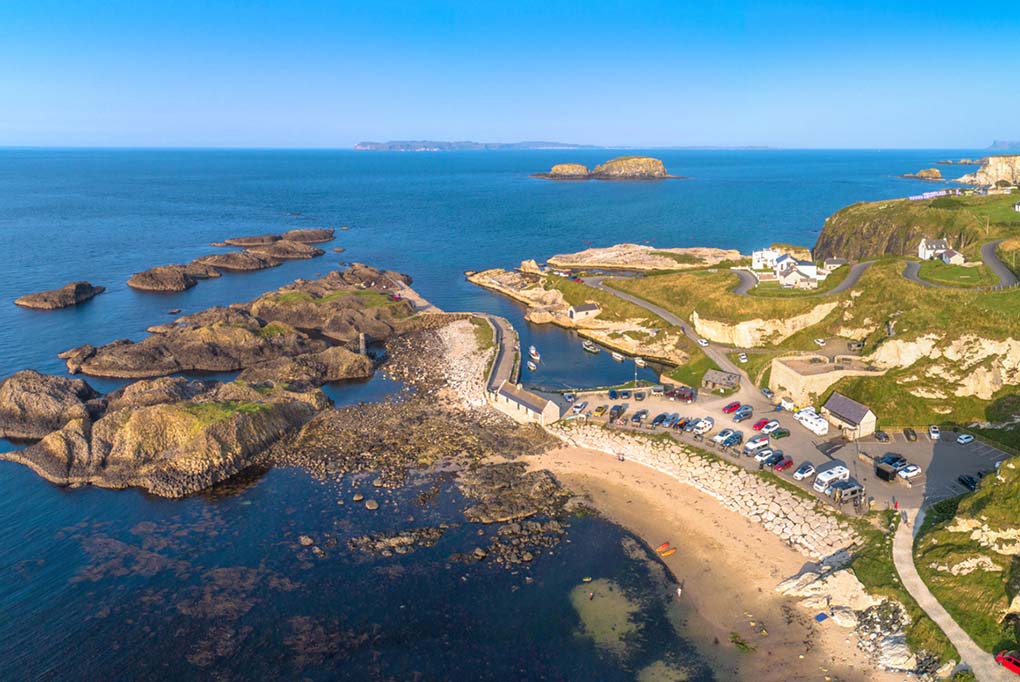
After visiting the Giant’s Causeway, continue along the cliff coastline, passing Ballintoy and Cushendun Bay, which are known for their pristine coastal scenery and peaceful atmosphere. These spots are perfect for stopping to take photos or enjoy the tranquil surroundings.
2. Belfast – Coleraine – Londonderry
If you’re interested in exploring Northern Ireland’s history and culture, consider driving to Londonderry. As the second-largest city in Northern Ireland, Londonderry is rich in historical landmarks. Along the way, you’ll pass through Coleraine, a charming town surrounded by beautiful countryside. In Londonderry, be sure to visit the city walls, a well-preserved medieval defense structure. You can also explore the Bogside, an area that tells the important story of Northern Ireland’s “Troubles.”
3. Belfast – Titanic Museum – Alster
For history enthusiasts, this route is perfect. Start from Belfast, visit the world-renowned Titanic Museum to learn about the Titanic’s construction, voyage, and tragic sinking. Then continue on the A26 highway towards Alster, a region known for its well-preserved castles and nature reserves. Alster is ideal for hiking and outdoor adventure lovers. One of the major attractions is Carrickfergus Castle, a historic Norman castle that overlooks the coastline, offering spectacular views and a memorable visit.
These driving routes allow you to explore the natural beauty and historical heritage of Northern Ireland. Whether it’s the coastline, ancient castles, or cultural landmarks, each stop will add a unique touch to your journey.
